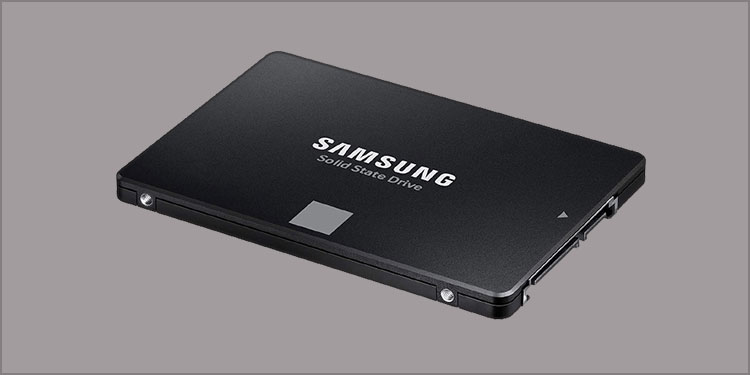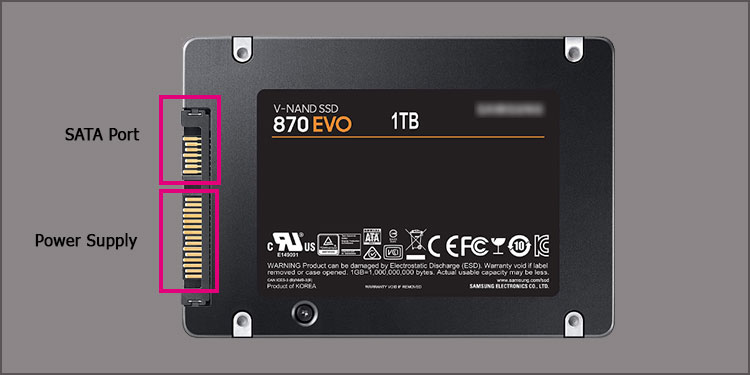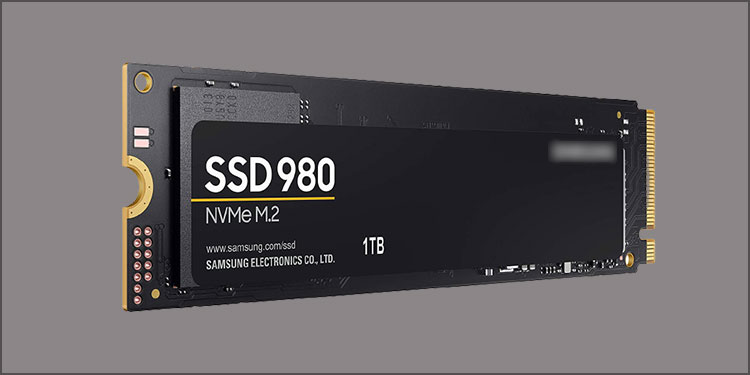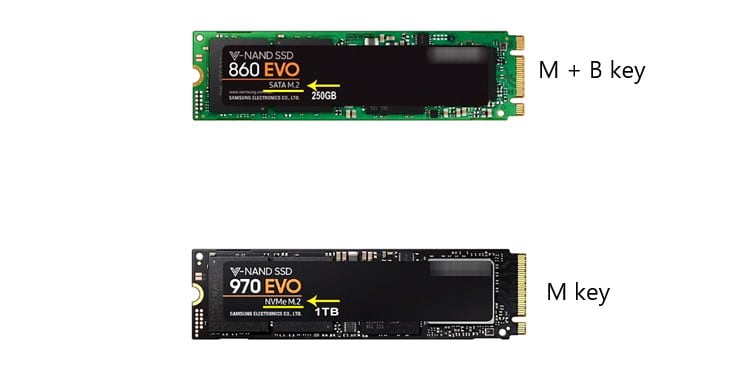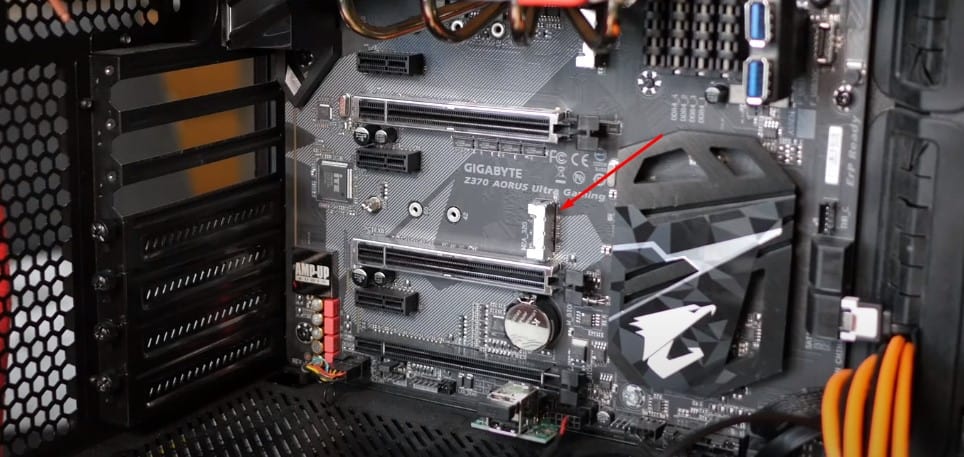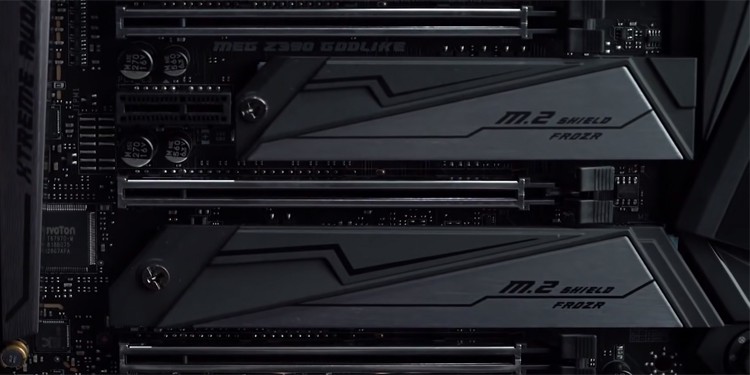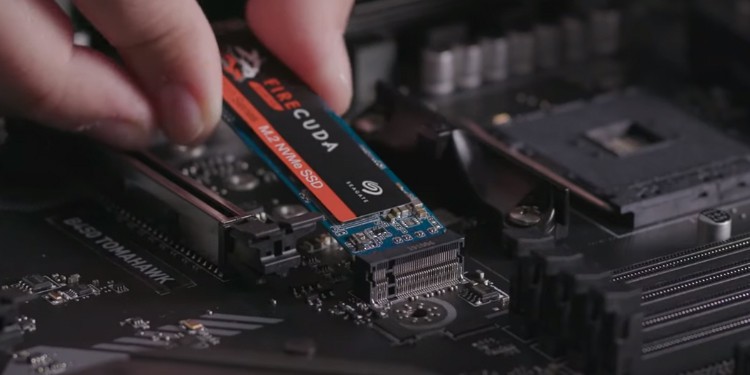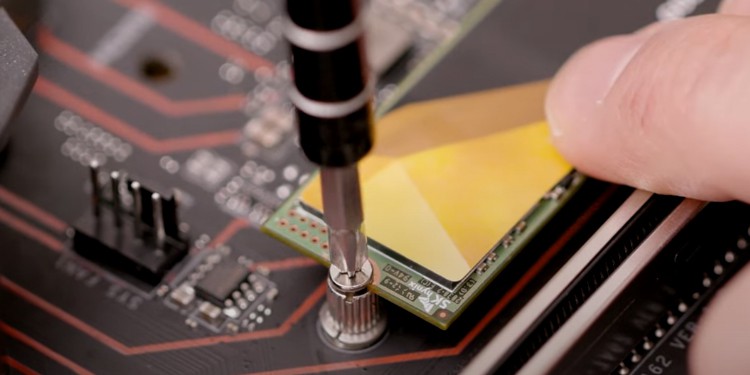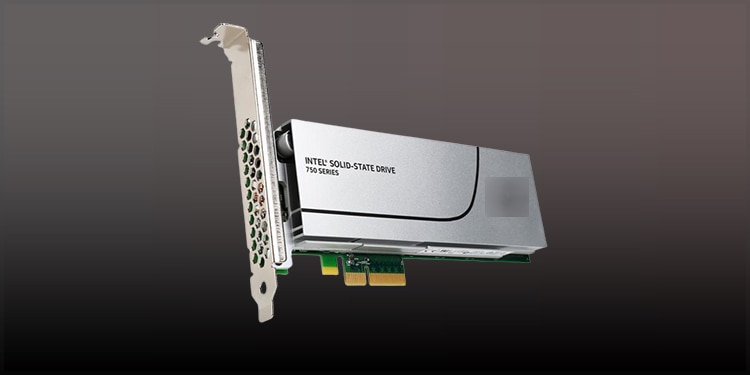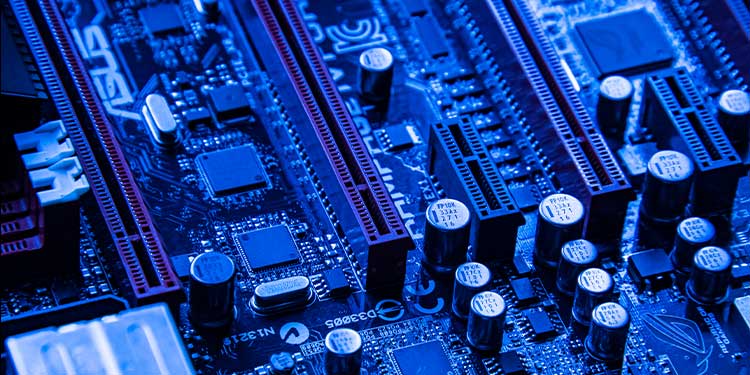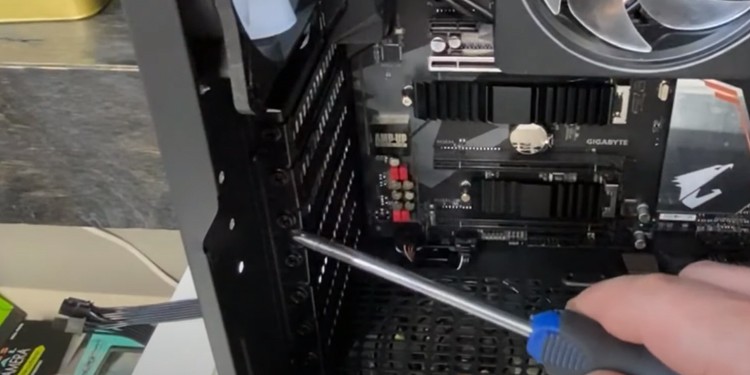Although installing them is fairly simple, novice and even amateur PC may have difficulty detecting the SSD port and inserting its cables. Keeping this in mind, we are here to guide you through the process of connecting the SSD onto the motherboard.
Type of Solid State Drive (SSD)
Before starting, you should know that there are five different types of SSD drives. We will guide you through the process of connecting each of these drives to the motherboard. However, it is always a good idea to keep the motherboard’s manufacturer user manual nearby when following these steps. Among these types of Solid State Drive, mSATA and M.2 SATA are used in laptops and tablets. Therefore, we will not be discussing the installation of these components in detail. However, since installing them is quite simple and similar to installing NVMe, the process is mentioned in brief in the Installing SSD M.2 NVMe segment.
Installing Different Types of SSD
We have explained how to install Solid State Drives on the motherboard based on the type of drive below.
Installing 2.5 Inch SSD
The 2.5 inch SSD is one of the most commonly used storage devices when building a PC. In terms of budget, this is most PC builders’ first choice. However, installing them can be a hassle as it does require two cables.
Insert 2.5 Inch SSD in Mounting Bracket
The SATA cable usually comes with the motherboard, and the power cable comes from the Power Supply Unit (PSU). Before connecting them, you first need to screw the SSD on the CPU case. When securing the SSD in the bracket, make sure that the SSD ports are accessible easily, as you need to insert the power and the SATA cable.
Connect SSD with the Motherboard and PSU
Once you have secured the SSD in the bracket, it is now time to insert the cables. You need to insert two cables into the SSD when connecting it to the motherboard. One is the SATA cable, and another is for the power supply. The port where you insert the power cable is relatively wider than the SATA port, so it will be easier to differentiate the two. The motherboard usually includes the SATA cables and not the SSD. Both ends of the SATA cable are the same, so it does not matter which end you insert into the SSD. The cable will have an L-shaped port. So, on the motherboard, look for any L-shaped header. These SATA headers are typically found on one of the motherboard’s sides. These SATA slots may even be parallel each other. If you cannot find the SATA header on the motherboard, you can always refer to the user manual. Once you locate the SATA header on the motherboard, insert the other end of the cable on any of these slots.
Connect SSD with PSU
Now, you need to supply the SSD with power by connecting it to the power supply. As, you enter your motherboard’s BIOS to check if your system detects the SSD. If not, make sure that the power cables are fully inserted in both the PSU and the SSD.
Installing SSD M.2 NVMe
The M.2 NVMe (Non-volatile Memory Express) SSD is basically a compact version of a 2.5 inch SSD with many added features. This is a thin rectangular chip that you can directly place onto the motherboard. Unlike the 2.5 inch SSD, the M.2 NVMe does not require a separate power source. Also, no cables are needed as it is directly plugged into the motherboard. There are basically two types of M.2 NVMe depending on the type of connectors:
M+B key connector: These type of connector has two gaps in it.M key connector: They have a small gap on one side of the connector.
So, if you have an M-key connector NVMe SSD, but the motherboard does not have this slot, you may need to change the NVMe to an M+B key connector.
Locate NVMe Slots
To install the NVMe drives on the motherboard, you need to locate the NVMe slots first. The M.2 slots are usually located near the PCIe slot on the motherboard. You can recognize the PCIe slots on the motherboard from its long structure. However, the PCIe slots look a lot like the DIMM slots (which hold RAM). DIMM slots will have locks on their two ends, and PCIe will only have locks on one end. If you cannot find the M.2 slots, a thermal guard might be staying on top of it. A thermal guard is a metallic heat sink included in most high-end motherboards, which sit on top of the M.2 NVMe. You need to remove this metallic cover to reveal the M.2 NVMe slots. Please refer to the motherboard’s user manual if there are any issues finding the M.2 slots. Once you find the PCIe slots, you can easily locate the M.2 slots. Check for words like M2_1, M2_2 near the PCIe slots. These NVMe sticks lay flat on the motherboard or horizontally, so the M.2 port should not be confused with the x1 or x4 PCIe slots, which lay vertically.
Installing M.2 NVMe
After locating the NVMe slots on the motherboard, follow these process to insert the NVMe drive on NVMe slots. Warning: Do not tighten this screw as it is there only to hold the SSD from coming off. 3. Once you have screwed it in place, you will have to re-insert the metallic heat sink if you previously removed it.
SSD PCIe
This is a special Solid State Drive that is more expensive and has more features than the standard M.2 NVMe and 2.5 inch SSD. These drives are installed on the motherboard’s PCIe x4 slots. They, like NVMe SSDs, are powered by the motherboard and do not require a separate power cable.
Locate PCIe x4 slots
PCIe SSD goes inside the PCIe x4 slots on your motherboard. So, in case this slot is missing from your motherboard, you may need to switch to another SSD. Finding PCIe x4 slots are fairly simple as these are located near the PCIe x16 slots (Which holds the graphics card) and are almost half its size. Analyzing the PCIe SSD is another way to find the PCIe x4 slot. Compare the length of the interface (the golden strips connecting it to the motherboard) to the length of the PCIe slots. If the lengths match, the slots are PCIe x4. If there is some trouble locating the PCIe x4 slot, you can always refer to the motherboard user manual.
Remove Rear PCIe Slot Cover and Insert SSD
To install the PCIe SSD, you must first remove the metal part that holds the PCIe bracket from the rear end of the CPU. As this SSD does not require a power cable, you can simply plug it in and configure it from the BIOS.
